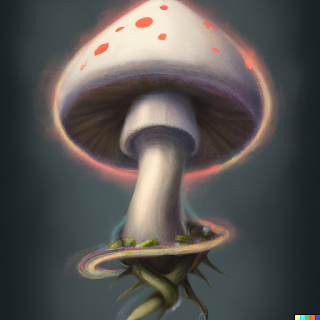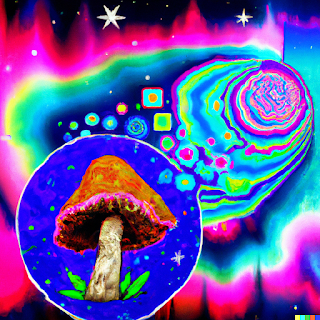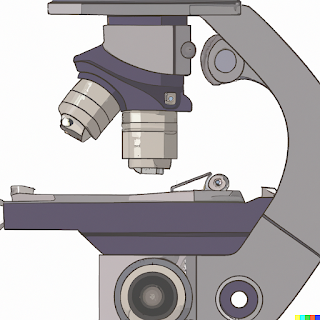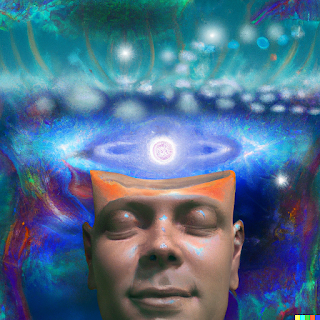Fungal zombies

Cordyceps is a genus of parasitic fungi that are known for their ability to infect and control the behavior of insects and other arthropods. There are over 400 different species of Cordyceps, with many of them displaying specific adaptations to different host species. When a Cordyceps fungus infects an insect or other arthropod, it sends out thread-like structures that grow throughout the host's body, eventually consuming its internal organs and killing it. The fungus then grows a long stalk, called a stroma, out of the host's body, which produces spores that can infect other arthropods. One of the most well-known species of Cordyceps is Ophiocordyceps unilateralis, which is known for its ability to control the behavior of ants. When an ant is infected with O. unilateralis spores, the fungus takes over the ant's nervous system, causing it to climb up to a high point and latch onto a leaf or twig with its mandibles. The fungus then grows a stalk out of the ant's body, wh...




